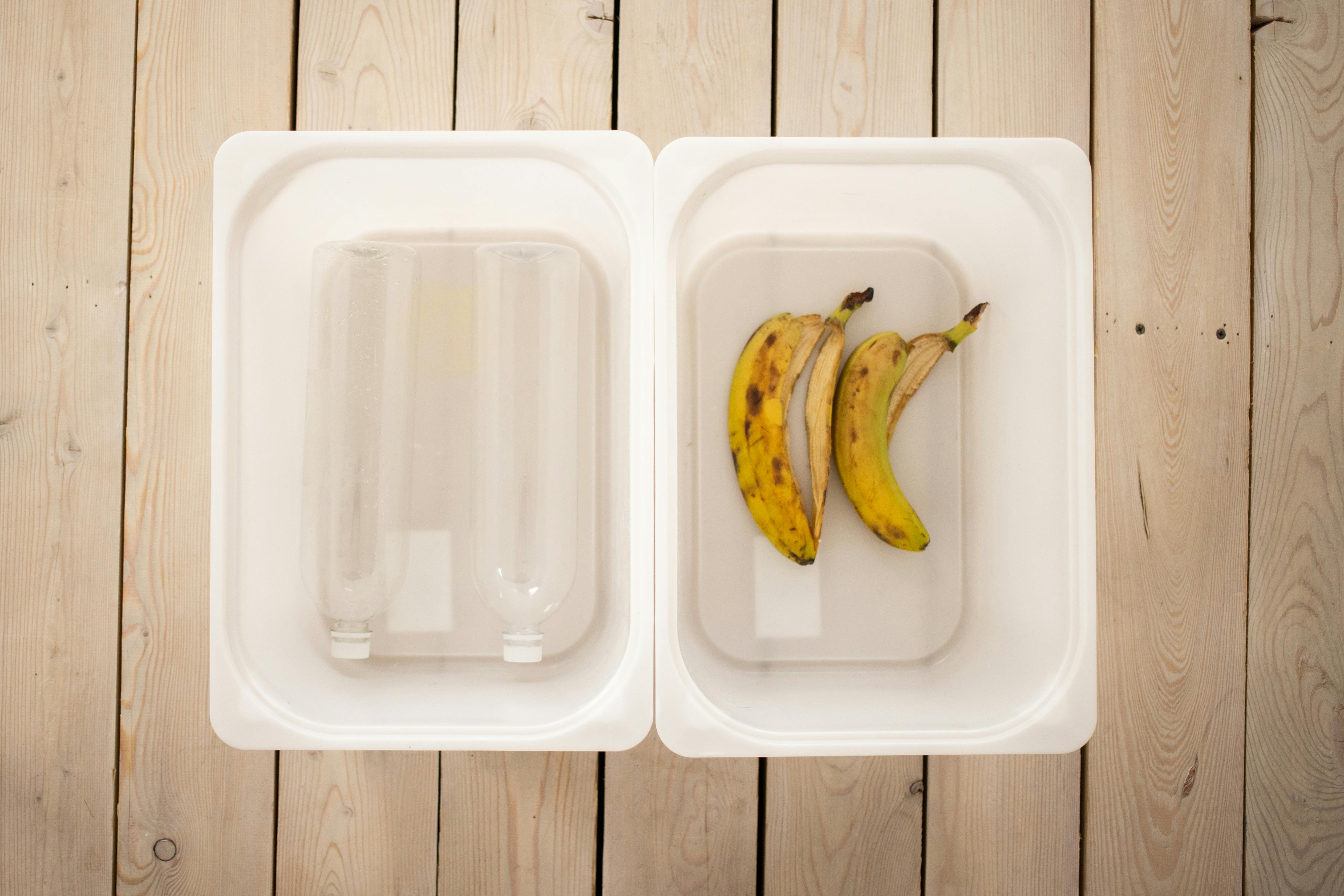Distillation is a common laboratory technique used to separate mixtures of liquids based on their different boiling points. It is a physical process that involves heating a mixture to its boiling point and then condensing the vapors that are produced. The condensation produces two different liquids, which can then be collected separately. Distillation is an effective method for separating mixtures of two or more liquids with different boiling points, such as water and ethanol. It can also be used for separating volatile components from nonvolatile ones and for purifying liquids by removing impurities.Distillation is a process of separating components from a liquid mixture by heating the mixture to evaporate and then condensing the vapour back into a liquid. It is a common method used to purify or separate liquid mixtures based on different boiling points of their components. The vapour produced during this process is usually richer in the component with the lower boiling point.
Types of Distillation
Distillation is a process used to purify liquids by separating them into their component parts. There are many different types of distillation, each with its own unique characteristics and uses.
The most common type is simple distillation, which works by heating the liquid until it boils and then condensing the vapors that are produced. The vapors are then collected, cooled, and condensed back into a liquid form. This method is most effective for separating liquids that have different boiling points, such as water and ethanol.
Fractional distillation is similar to simple distillation but uses a more intricate set-up to separate the components of a mixture more efficiently. It works by passing the vapor through a fractionating column that contains various levels of condensation and re-condensation. This allows for the separation of components based on their boiling points and other properties. Fractional distillation is often used to purify complex mixtures such as petroleum or natural gas liquids.
Steam distillation relies on the fact that some compounds can be dissolved in steam and then condensed back into liquid form when cooled down again. It involves passing steam through the
Advantages of Distillation
Distillation is a process used to separate components of a liquid mixture based on the differences in their boiling points. It is used in industries to purify and separate liquids, making it ideal for a wide variety of applications. The main advantages of distillation include its efficiency, cost-effectiveness, and safety.
Distillation is an efficient process that can effectively separate liquids with different boiling points. It uses low temperatures and pressures, so it requires less energy than other separation techniques such as evaporation or filtration. This makes distillation a cost-effective solution for many industrial processes.
Another advantage of distillation is its safety. Distillation reduces the risk of contamination from volatile compounds or hazardous materials that may be present in the mixture. This makes it an ideal choice for applications where safety is a priority, such as in the food and beverage industry.
Disadvantages of Distillation
Despite its many advantages, there are some drawbacks to using distillation as a separation technique. One major disadvantage is that

Applications of Distillation for Separating Mixtures
Distillation is a process used to separate mixtures of liquids with different boiling points. It is based on the principle that when a liquid is heated, it evaporates, and the vapor can be condensed back into a liquid. The process is widely used in the chemical, petrochemical, and pharmaceutical industries to purify liquids. Distillation can also be used to separate mixtures of two or more liquid solvents or two or more gases. The components of the mixture are then separated based on their relative volatility. This process is especially useful for separating volatile compounds from non-volatile compounds.
Distillation has many applications in the food industry as well. It is used to purify water, separate ethanol from fermentation mashes, and concentrate fruit juices and other beverages. Distillation has also been used for centuries to make alcoholic beverages such as whisky, vodka, and brandy. In addition, distillation is used in the production of essential oils and perfumes by separating volatile compounds from plant materials.
Distillation can also be used to
Factors That Affect the Efficiency of Distillation
Distillation is an important process used in many industries, including oil and gas, chemical, food and beverage, and pharmaceuticals. The efficiency of distillation is affected by several factors, including the type of distillation column used, the feed composition, the temperature of the feed, and the pressure of the system.
Type of Distillation Column
The type of distillation column used can have a significant effect on the efficiency of distillation. Different types of columns have different heights and diameters which affect both flow rate and residence time. The type of packing material used in each column also affects efficiency as some materials have greater surface area for interactions between components than others.
Feed Composition
The composition of the feed can also affect efficiency as certain components may be more or less volatile than others. This can affect how quickly components are separated and can lead to changes in product quality if not accounted for. It is important to understand the components in a feed before beginning a distillation process to ensure that it is optimized for separation.
Experimental Considerations for Performing a Distillation Process
When performing a distillation process, it is important to consider various experimental considerations. The type of distillation apparatus used, the type of condenser, and the method of heating are all important factors that must be taken into account. Additionally, the choice of solvent, the composition of the feed solution, and the operating temperature should also be taken into consideration.
The distillation apparatus used will depend on the nature of the separation being performed. Vacuum distillation is often used for separating components with large boiling point differences, while simple batch or continuous distillations may be used for more complex mixtures with smaller boiling point differences. The condenser used should also be appropriate to the task at hand; condensers such as Grahams or Liebigs are suitable for simple batch distillations while fractional column condensers may be more suitable for larger scale operations.
The method of heating also plays an important role in determining how successful a distillation process is. A variety of methods can be employed such as direct heating by open flame or electrical resistance heaters

Conclusion
Distillation is a process that can be used to separate mixtures into individual components. Distillation involves the application of heat to a mixture in order to induce vaporization and condensation of the components of the mixture. The different boiling points of the components of the mixture allow for them to be separated from each other. This process is often used when separating liquids from solids or separating liquids with similar boiling points. Distillation has many practical applications, such as separating water from salt in ocean water or separating ethanol from water in alcoholic beverages.
Overall, distillation is an effective way to separate mixtures into their individual components. The process is relatively simple and can be done on a laboratory scale or an industrial scale. The ability to separate mixtures into their individual components can help increase efficiency, reduce waste, and improve safety in many industries.

